Australian Mathematician Claims 3,700-Year-Old Tablet Is Inscribed With Applied Geometry
An Australian mathematician has stumbled upon what he claims is the oldest known example of applied geometry, inscribed upon a clay tablet belonging to the Babylonian civilization, which rose to prominence just under 4,000 years ago.
The 3,700-year-old artifact bears inscriptions of Pythagorean triples which predates the Greek polymath who popularized this form of geometry by at least 1,000 years. This is a testament to the Babylonians’ unparalleled mathematical prowess, placing them far ahead of their time.
The Sciences of the Ancient World
As archaeologists continue to study ancient civilizations around the world, it has become increasingly apparent over the past century that various groups held considerable knowledge in early sciences, including astronomy, mathematics, and even medicine.
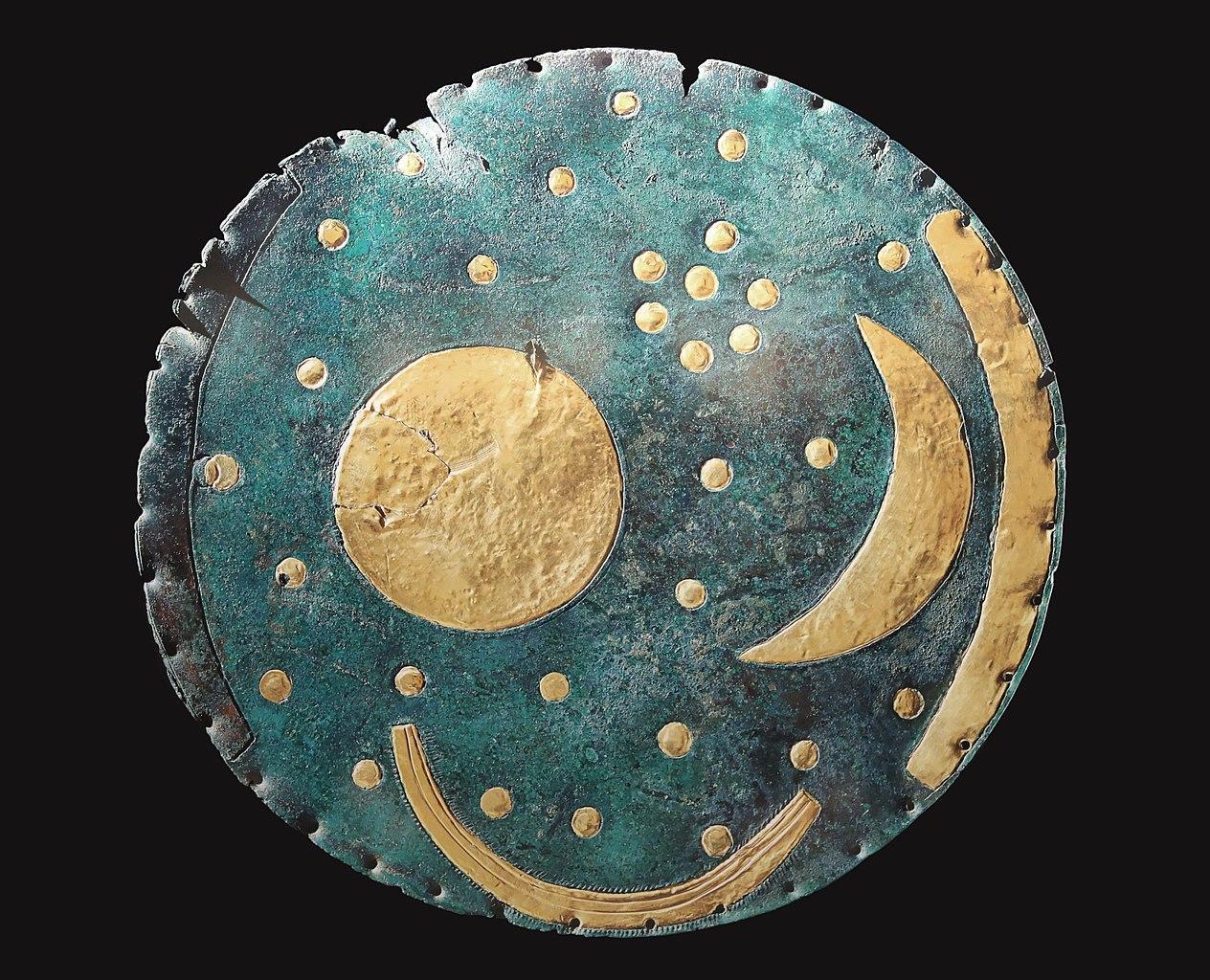
Source: Wikimedia
One civilization revered for its advancements was the Mesopotamians. This group of cultures made significant advancements in mathematics, time, and writing, and is even credited with the invention of the wheel.
Who Are the Mesopotamians?
Mesopotamia is a name applied to a specific region nestled between the Tigris and Euphrates rivers of modern-day Iraq, including parts of Iran, Turkey, Syria, and Kuwait.
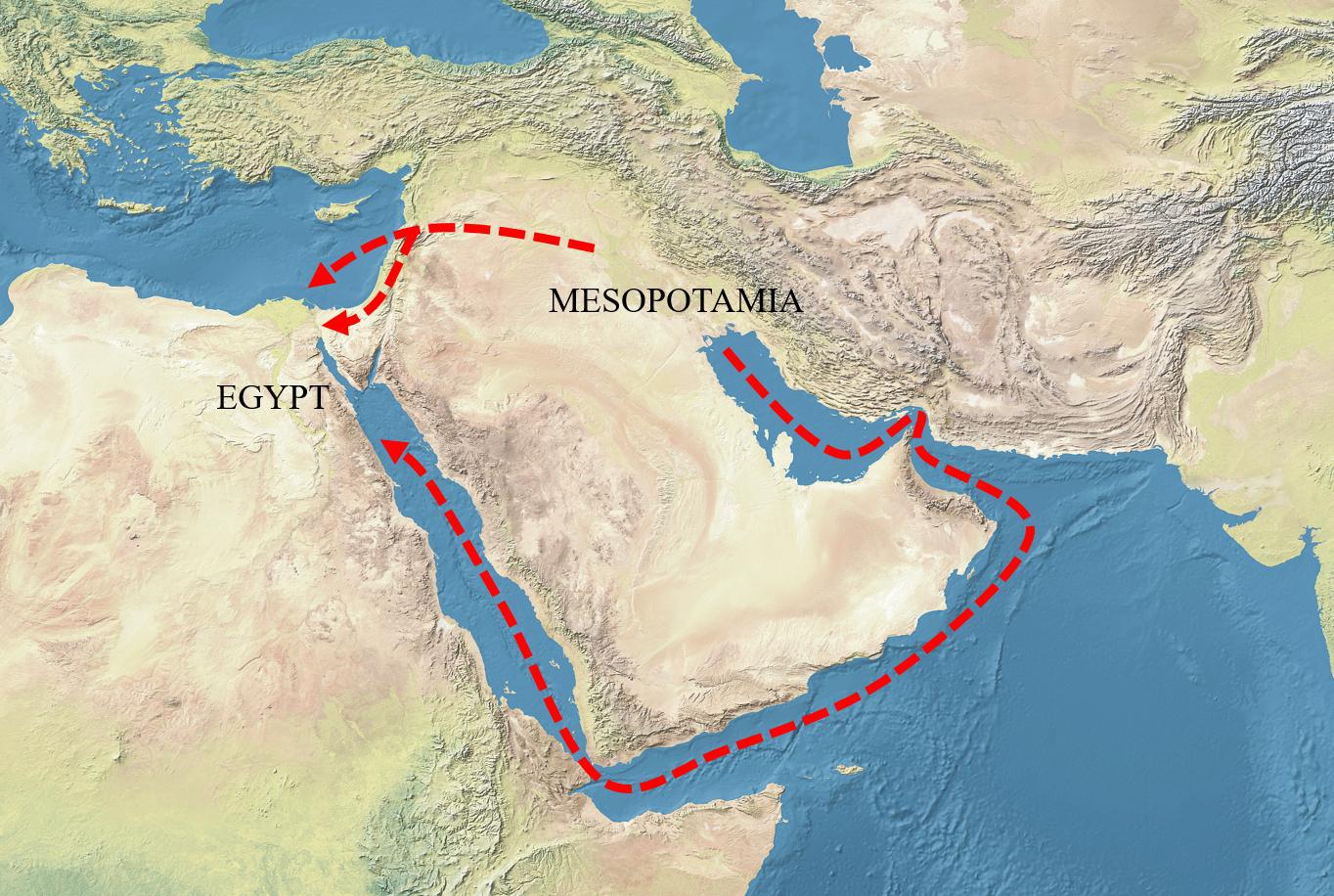
Source: Wikimedia
The rise of influential city-states began around 7,000 years ago with the rise of the Sumerians. The Akkadians followed them, and later, the Babylonians, among several other groups, each playing a significant role in the evolution of civilization in the region.
Applied Geometry Used on Ancient Mesopotamian Tablet
The accomplishments of the Mesopotamia cultures are well documented. Yet, with each passing year, it becomes increasingly apparent that they held considerably more knowledge in science and mathematics than initially throughout.
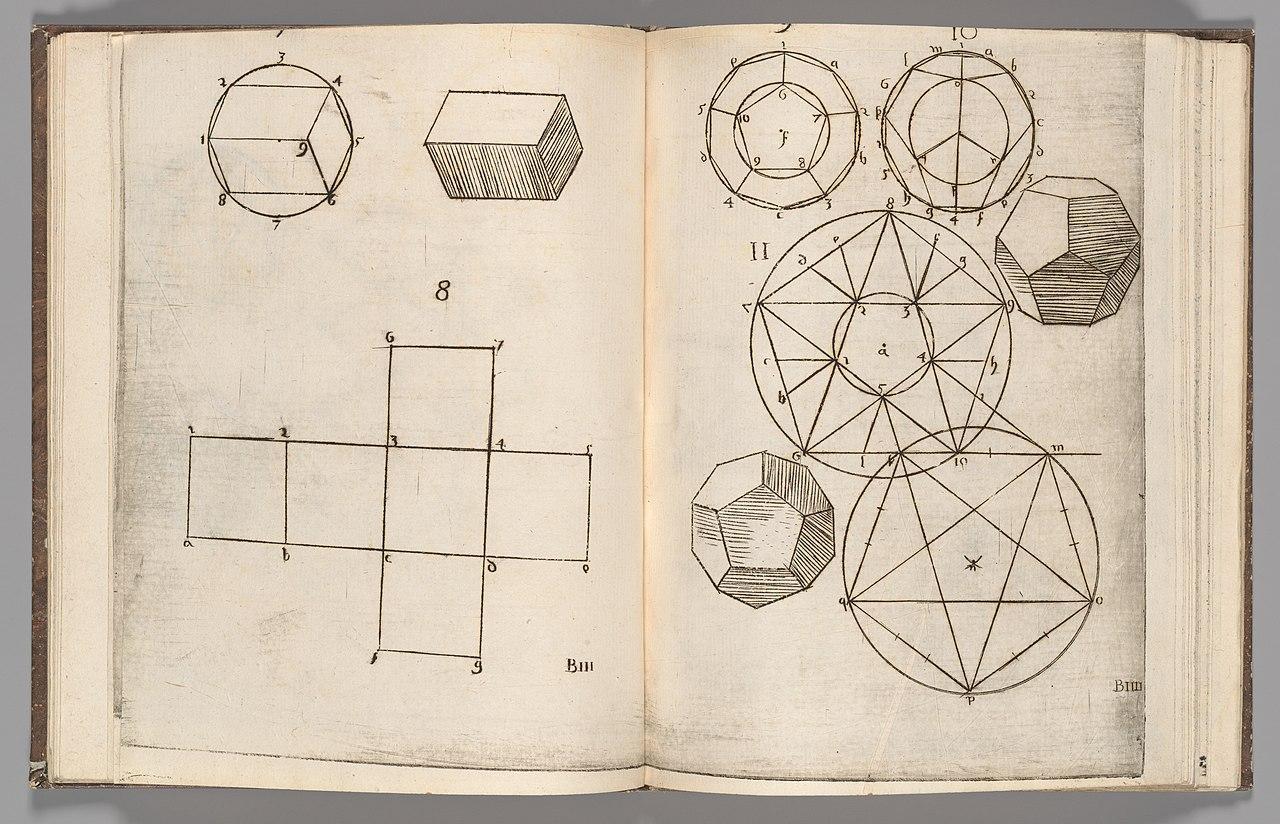
Source: Wikimedia
One example is a small tablet known as Si.427, which appears to show signs of applied geometry being used to detail the boundaries of land, per The Guardian.
New South Wales Scientist Stumbles Upon Rare Artifact in Museum
The small tablet was discovered at a site in Iraq during the 19th century and is thought to date back to the Old Babylonian period, which occurred between 1900 and 1600 BCE.

Source: Wikimedia
It was stored in Istanbul’s Archaeological Museum until Dr. Daniel Mansfield from the University of New South Wales located it and began to study its various inscriptions.
The Discovery of Pythagorean Triples
Mansfield and his colleague, Norman Wildberger, an associate professor at UNSW, had previously discovered the presence of geometry on another Babylonian tablet, proving it was the oldest and most accurate item of its kind ever found.

Source: UNSW Sydney
Known as Plimpton 322, the tablet accurately described right-angled triangles using Pythagorean triples. This method involves taking three whole numbers in which the total sum of the first two is equal to that of the third; for example, 3×3 + 4×4 = 5×5.
The Hunt for More Tablets With Geometry
Regarding the findings, Mansfield explained, “You don’t just accidentally come up with trigonometry; you’re usually doing something practical.”
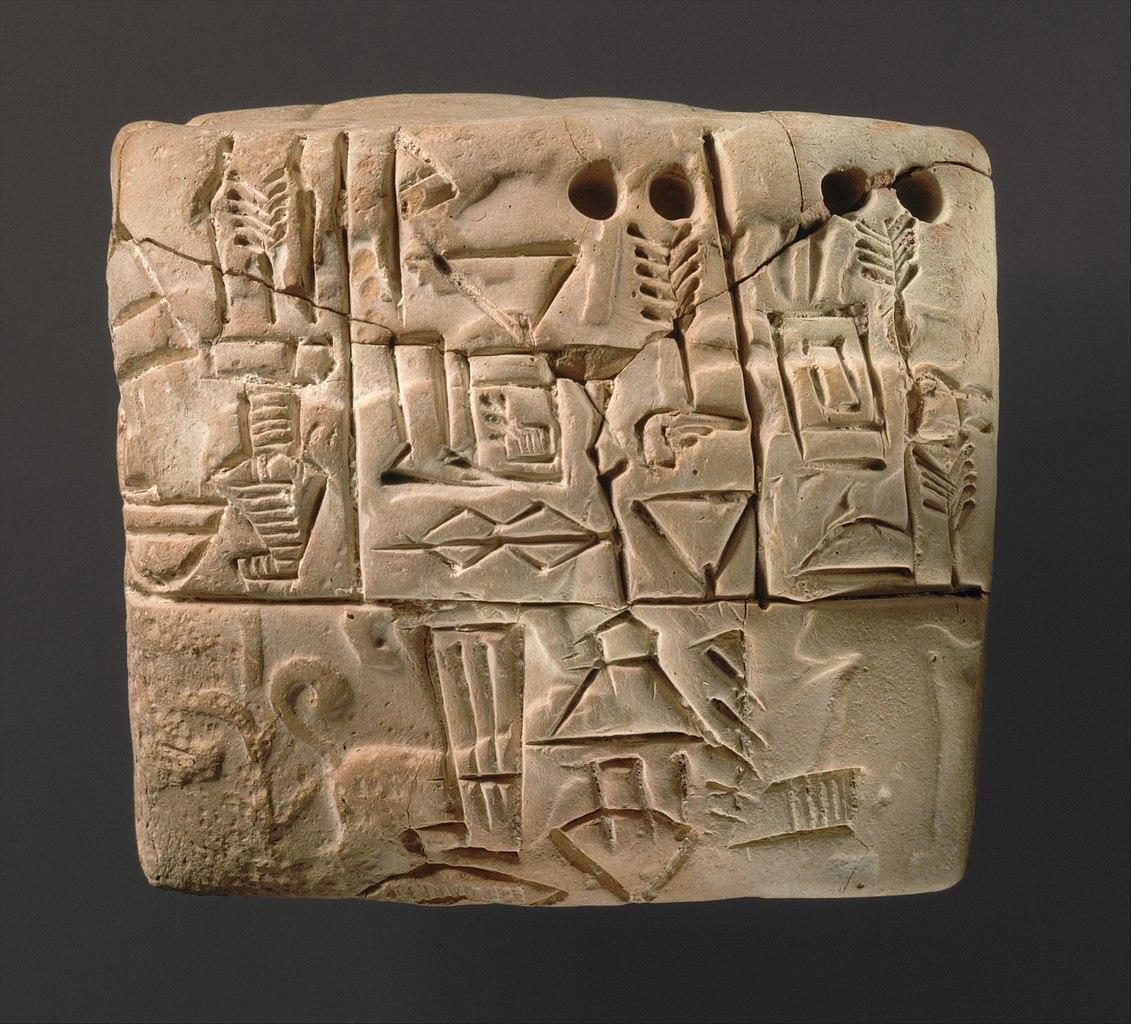
Source: Wikimedia
The scientist’s revelation that geometry was used on Plimpton 332 led him to search for other examples from the same period, hoping another may be inscribed with Pythagorean triples. This eventually led Mansfield to Si.427.
The Contents of the Small Babylonian Tablet
Si.427 is a small circular disc-shaped clay tablet inscribed in cuneiform. It contains information about a field with several marshy regions. It also speaks about a threshing floor used in the processing of trains and a small tower.
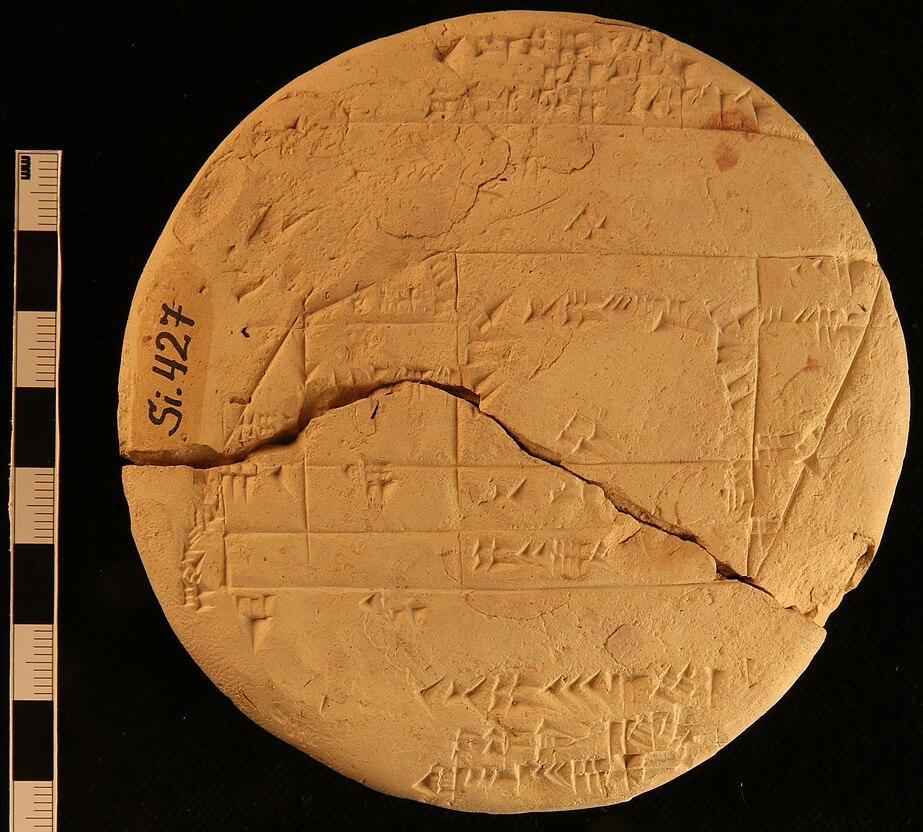
Source: Wikimedia
“Si.427 is about a piece of land that’s being sold,” Mansfield said.
Babylonian Surveyors Were Using Advanced Mathematics
After carefully analyzing the tablet, Mansfield noticed the rectangular fields had opposite sides of equal length, which suggests Babylonian surveyors had devised a way to create perpendicular lines accurately.
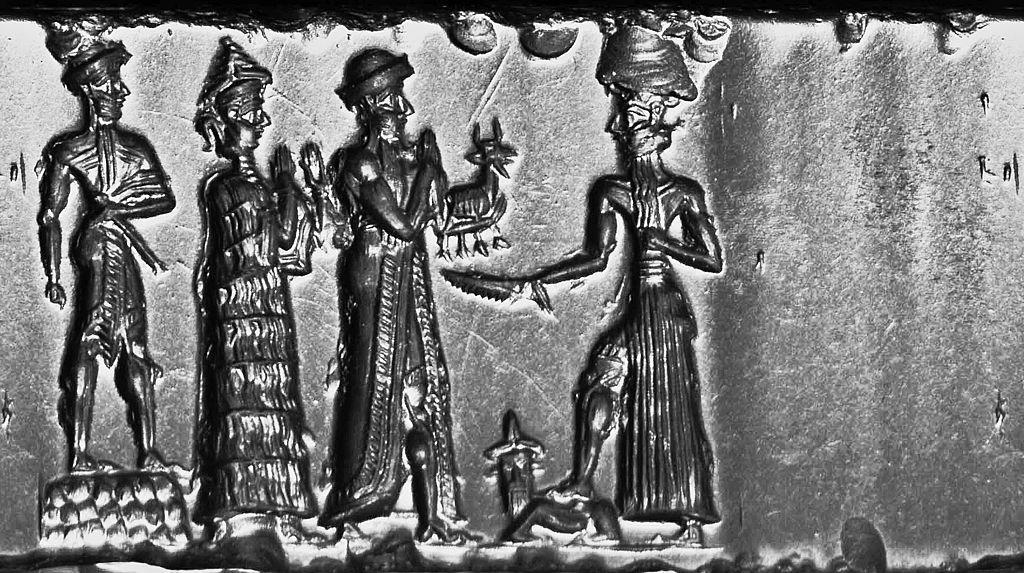
Source: Wikimedia
“Much like we would today, you’ve got private individuals trying to figure out where their land boundaries are, and the surveyor comes out, but instead of using a piece of GPS equipment, they use Pythagorean triples,” said Mansfield.
Pythagorean Triples in Use Well Before the Birth of the Greek Polymath
According to the Australian scientist, both the Si.427 and Plimpton 322 tablets utilized Pythagorean triples. Yet, both of the artifacts were crafted over 1,000 years before the Greek philosopher and polymath Pythagoras was born.

Source: Wikimedia
“Once you understand what Pythagorean triples are, your society has reached a particular level of mathematical sophistication,” Mansfield said.
The Needs of the Time
A study conducted on Si.427, published in the journal Foundations of Science, suggests the tablet was created during a period of increasing land privatization.
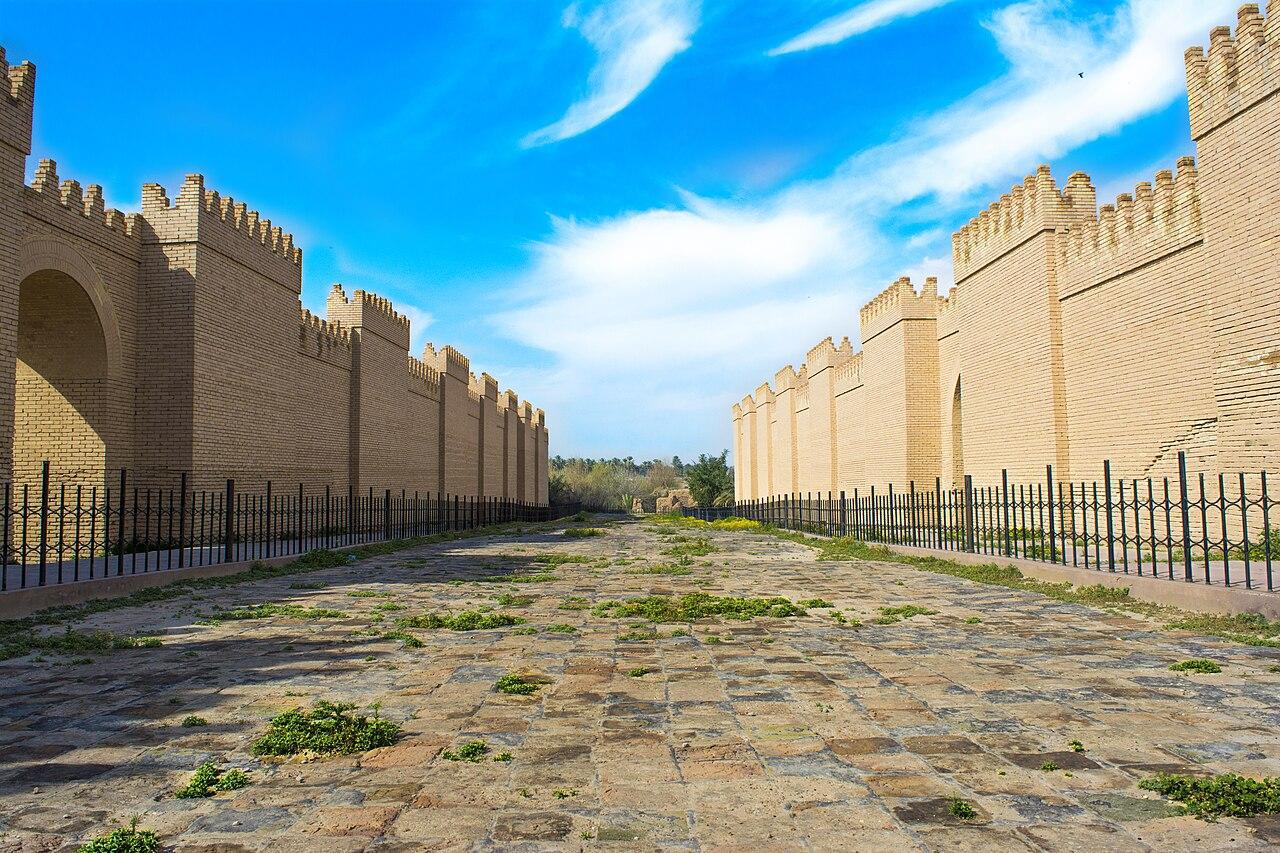
Source: Wikimedia
“Now that we know what problem the Babylonians were solving, that recolors all the mathematical tablets from this period,” Mansfield said. “You see mathematics being developed to address the needs of the time.”
Unsolved Mystery of the Babylonian Tablet
There is one mystery surrounding the tablet that Mansfield has yet to solve. According to the scientists, the tablet’s back is inscribed with the sexagesimal number “25:29,” which is similar to how we write 25 minutes and 29 seconds. Yet, he cannot discern its original meaning.
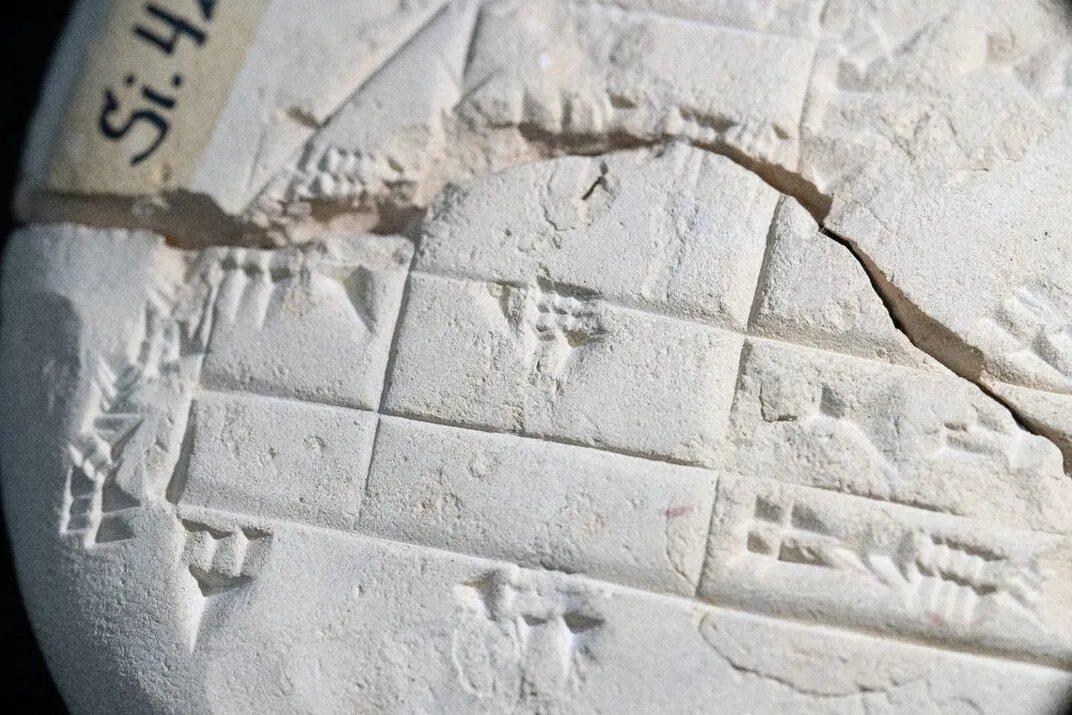
Source: UNSW Sydney
“Is it part of a calculation that they performed? Is it an area that I haven’t come across yet? Is it a measurement of something?” he said. “It’s really annoying to me because there’s so much about the tablet that I understand. I’ve given up trying to figure out what that one is.”
